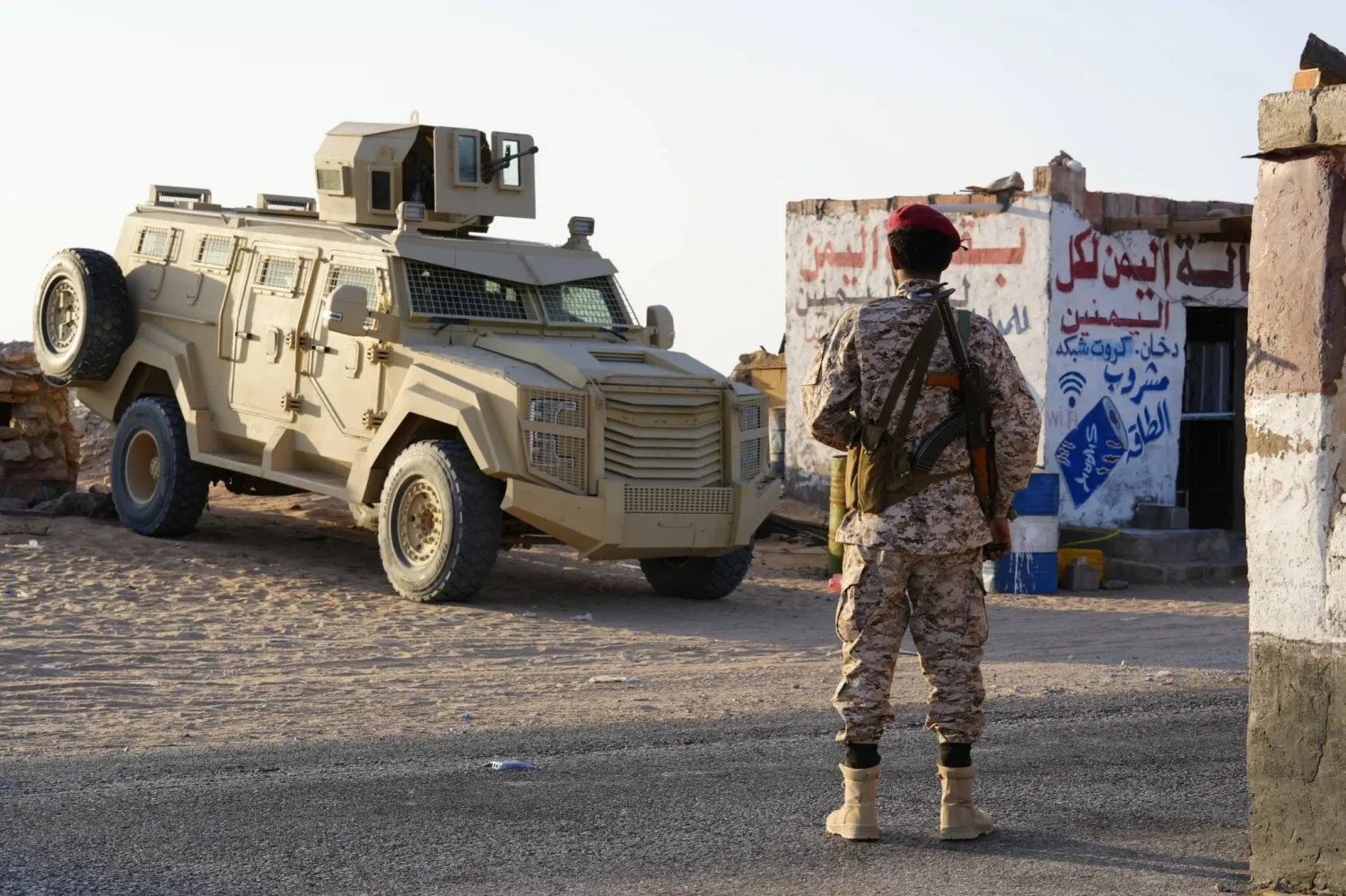A fireball lit up the sky and smoke billowed over Beirut on Sunday as Israel unleashed intense strikes on Lebanon, almost a year since the Hamas attack that sparked war in Gaza.
In Gaza, Israel's military said it had encircled the northern area of Jabaliya after indications Hamas was rebuilding despite nearly a year of devastating air strikes and fighting.
As another strike hit Beirut's southern suburbs, Lebanese Prime Minister Najib Mikati appealed to the international community to put pressure on Israel for a ceasefire.
Lebanon's official National News Agency said Beirut's Dahieh was hit by more than 30 strikes, with a petrol station and a medical supplies warehouse also hit.
"The strikes were like an earthquake," said shopkeeper Mehdi Zeiter, 60.
Israel's military claimed it struck weapons storage facilities and infrastructure while taking measures "to mitigate the risk of harming civilians".
AFPTV footage showed a massive fireball over a residential area, followed by a loud bang and secondary explosions. Smoke was still billowing from the site after dawn.
Later, Israeli Prime Minister Benjamin Netanyahu paid a visit to troops along the northern border, his office said, nearly a week after the army launched a ground operation inside Lebanon.
For his part, Israeli President Isaac Herzog called Iran an "ongoing threat" after Tehran launched around 200 missiles at Israel on Tuesday in revenge for Israeli killings of militant leaders including Hezbollah chief Hassan Nasrallah.
It came the same day Israeli ground forces began raids into Lebanon after days of intense strikes on Hezbollah strongholds.
- 'Resistance won't back down' -
One Israeli military official, speaking to AFP on condition of anonymity as he was not authorised to discuss the issue publicly, said the army "is preparing a response" to Iran's attack.
Netanyahu noted Iran had twice launched "hundreds of missiles" at Israel since April.
"Israel has the duty and the right to defend itself and to respond to these attacks and that is what we will do," he said in a statement.
Netanyahu's critics accuse him of obstructing efforts to reach a Gaza ceasefire and a deal to free hostages still held by Hamas.
Iran has prepared a plan to respond to a possible Israeli attack, Tasnim news agency reported, citing an informed source.
The Islamic republic's supreme leader, Ayatollah Ali Khamenei, on Friday warned that "the resistance in the region will not back down".
Iran's supreme leader Ayatollah Ali Khamenei said Friday that "the resistance in the region will not back down"
- 'Never-ending nightmare' -
UN's refugee agency head Filippo Grandi said Lebanon "faces a terrible crisis" and warned "hundreds of thousands of people are left destitute or displaced by Israeli air strikes".
Israeli bombardment has put at least four hospitals in Lebanon out of service, the facilities said.
The UN peacekeeping force in Lebanon said it rejected a request by Israel's military to "relocate some of our positions" in south Lebanon.
Iran's Foreign Minister Abbas Araghchi, in Damascus Saturday after visiting Beirut, renewed his call for ceasefires in both Gaza and Lebanon and threatened Israel with an "even stronger" reaction to any attack on Iran.
US, Qatari and Egyptian mediators tried unsuccessfully for months to reach a Gaza truce and secure the release of 97 hostages still held there.
Gaza's civil defense agency said on Sunday an Israeli strike on a mosque-turned-shelter in central Deir al-Balah killed 26 people. Israel said it had targeted Hamas militants.
A Palestinian medic searches for survivors in the rubble of a building after it was hit during an Israeli strike on Gaza City's Zeitun neighbourhood
Israel's retaliatory military offensive has killed at least 41,870 people in Gaza, the majority of them civilians, according to figures provided by the Gaza's health ministry and described as reliable by the UN.
Ahead of the October 7 anniversary, thousands joined pro-Palestinian rallies in London, Paris, Cape Town and other cities.









